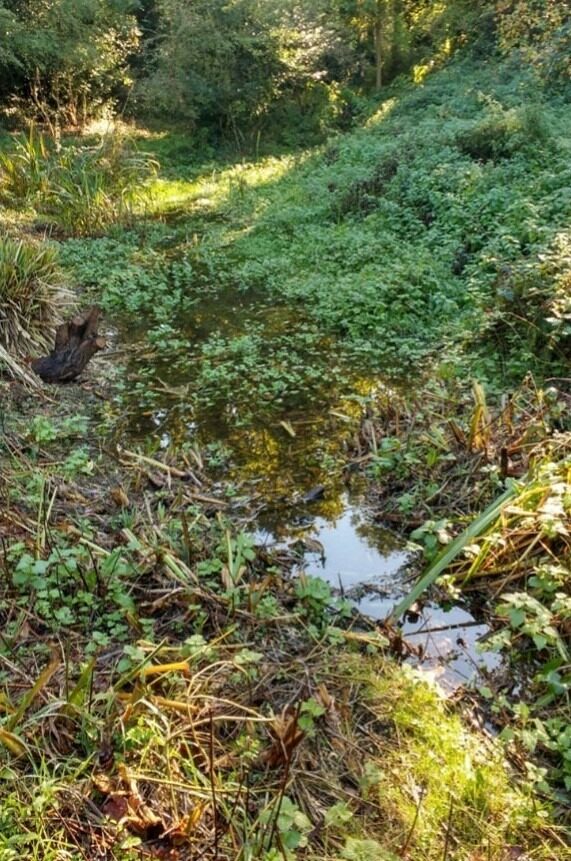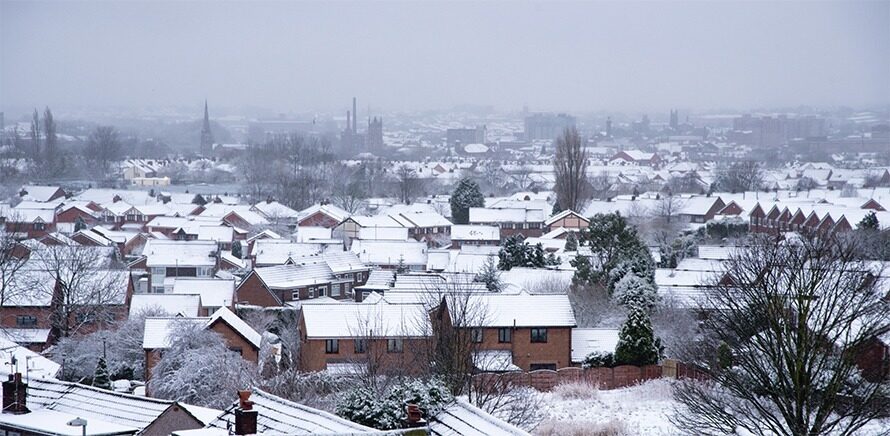Why do we need wetlands?
Wetlands can range from huge deltas such as the Danube to artificial rain and bog gardens in your local community space. These all have one thing in common: they are dynamic, and that is because water is dynamic.
Many of the most obvious environmental challenges we face because of water stem from how it behaves and particularly how it behaves in relation to our impact on the landscape. If we think of the landscape in 3D terms, wherever we alter the landscape, we alter the way that water moves through or across it.
When we plan this properly, we can make sure we realise the benefits – directing water to where we need it and away from where we don’t want it. This can create habitats, carbon sinks and areas of amenity. When we fail to consider water, however, there can be catastrophic implications, including flooding, drought, habitat destruction and species loss.



